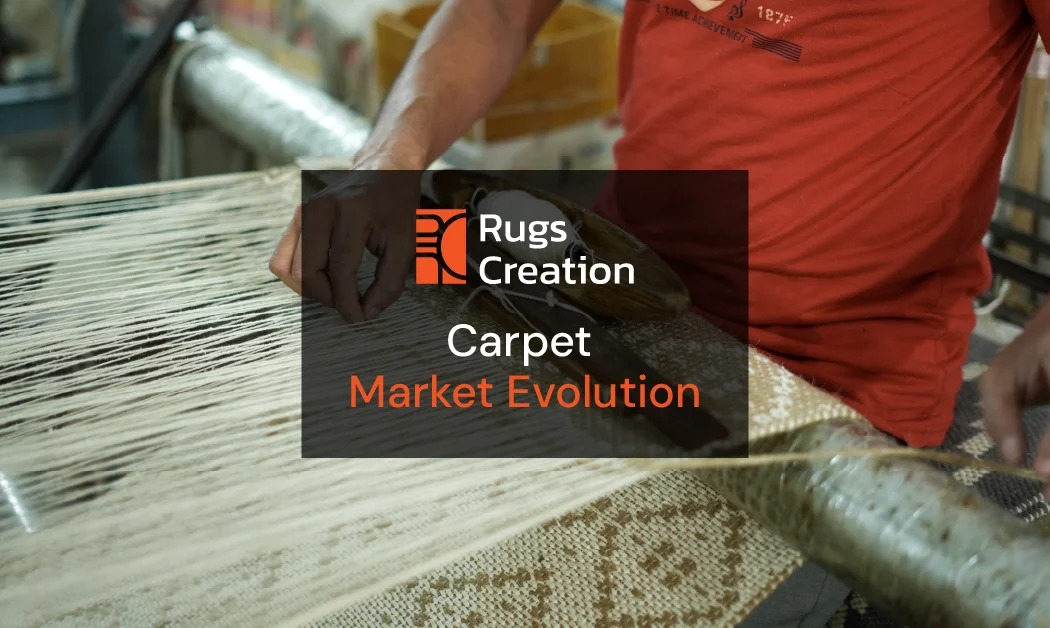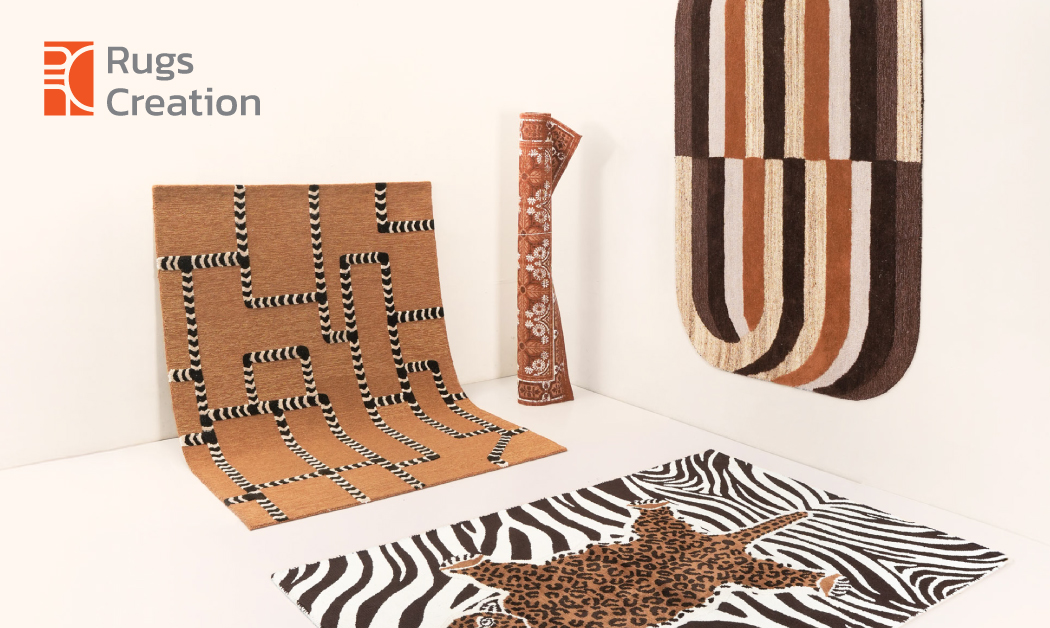The carpet industry, a cornerstone of global home decor markets, has witnessed significant transformations over the years. These changes reflect evolving consumer preferences, technological advancements, and a heightened emphasis on environmental sustainability. This article explores the latest carpet market trends and materials, offering a window into the dynamic shifts within this vibrant industry.
Table of Contents
ToggleThe Dynamic Shift in Carpet Market Trends
Recent research indicates that the global carpet market is poised for robust growth, driven by factors such as rising consumer spending on home decor and an uptick in the construction of residential and commercial buildings. A notable trend is the consumer pivot towards eco-friendly and sustainable carpets, reflecting a broader societal shift towards environmental consciousness.
Innovation in Carpet Materials
The evolution of carpet materials mirrors advancements in technology and a growing demand for sustainability. While wool remains the gold standard for luxury and comfort, synthetic fibers like nylon and polyester offer durability and stain resistance, catering to the needs of high-traffic commercial spaces. Interestingly, the market has seen a resurgence in the popularity of natural fibers such as jute, seagrass, and sisal, underscoring the consumer desire for eco-friendly options.
Fact Insight: A study by Fact.MR predicts a significant surge in the demand for carpets made from sustainable materials, forecasting a compound annual growth rate (CAGR) that underscores the market’s shift towards eco-conscious products.
Sustainability: A Driving Force in Market Evolution
Sustainability is no longer just a buzzword in the carpet industry but a key factor influencing consumer choices and manufacturing practices. The industry has seen a notable increase in the use of recycled materials, with many manufacturers repurposing old carpets into new products to minimize waste. This circular approach not only reduces the environmental footprint but also resonates with the values of modern consumers.
Technological Advancements Shaping the Future
Technological innovations have introduced a new era of carpet manufacturing, with digital printing techniques allowing for unprecedented design precision and customization. Additionally, the integration of smart technology in carpets — from embedded sensors monitoring indoor air quality to interactive, LED-illuminated designs — is opening new frontiers for functionality in home and commercial spaces.
Fact Insight: The global carpet market is experiencing a technological renaissance, with smart carpets expected to offer groundbreaking applications in healthcare, security, and entertainment sectors.
The Impact of Global Influences
The globalization of the carpet market has facilitated a cross-pollination of designs and techniques, enriching the industry with a tapestry of cultural influences. Artisan carpets from regions known for their rich weaving traditions, such as the Middle East and South Asia, continue to be highly sought after, blending traditional craftsmanship with contemporary aesthetics.
Looking Ahead: The Future of Carpet Trends
The future of the carpet market trends is marked by a continued emphasis on sustainability, innovation, and global influences. As consumers become more environmentally and ethically aware, the demand for green, ethically sourced carpets is set to rise. Concurrently, the fusion of traditional handcrafting techniques with modern design and technology will continue to captivate the market’s imagination.
Conclusion
The carpet market’s ongoing evolution is a testament to the industry’s ability to adapt and innovate in response to changing consumer preferences and global trends. As commercial carpet suppliers navigate this ever-changing landscape, the future looks promising, with a wealth of opportunities to cater to a more discerning, environmentally conscious, and tech-savvy clientele.



